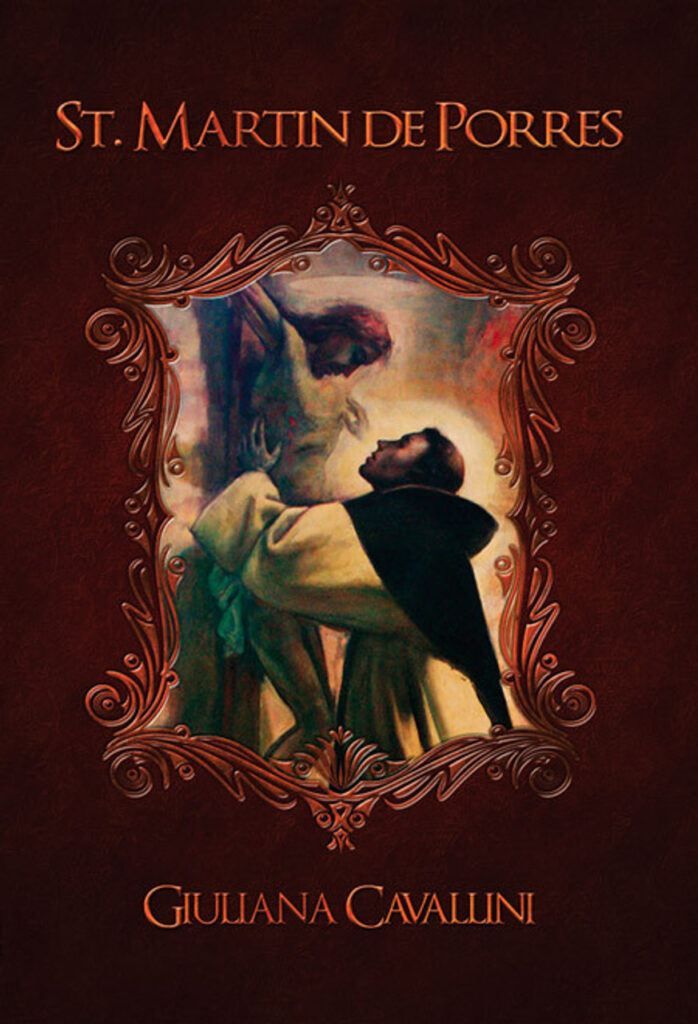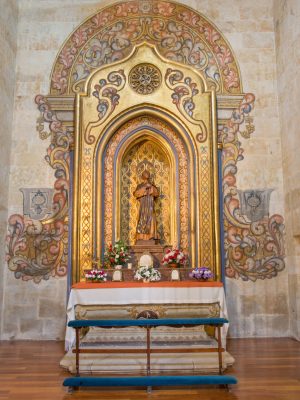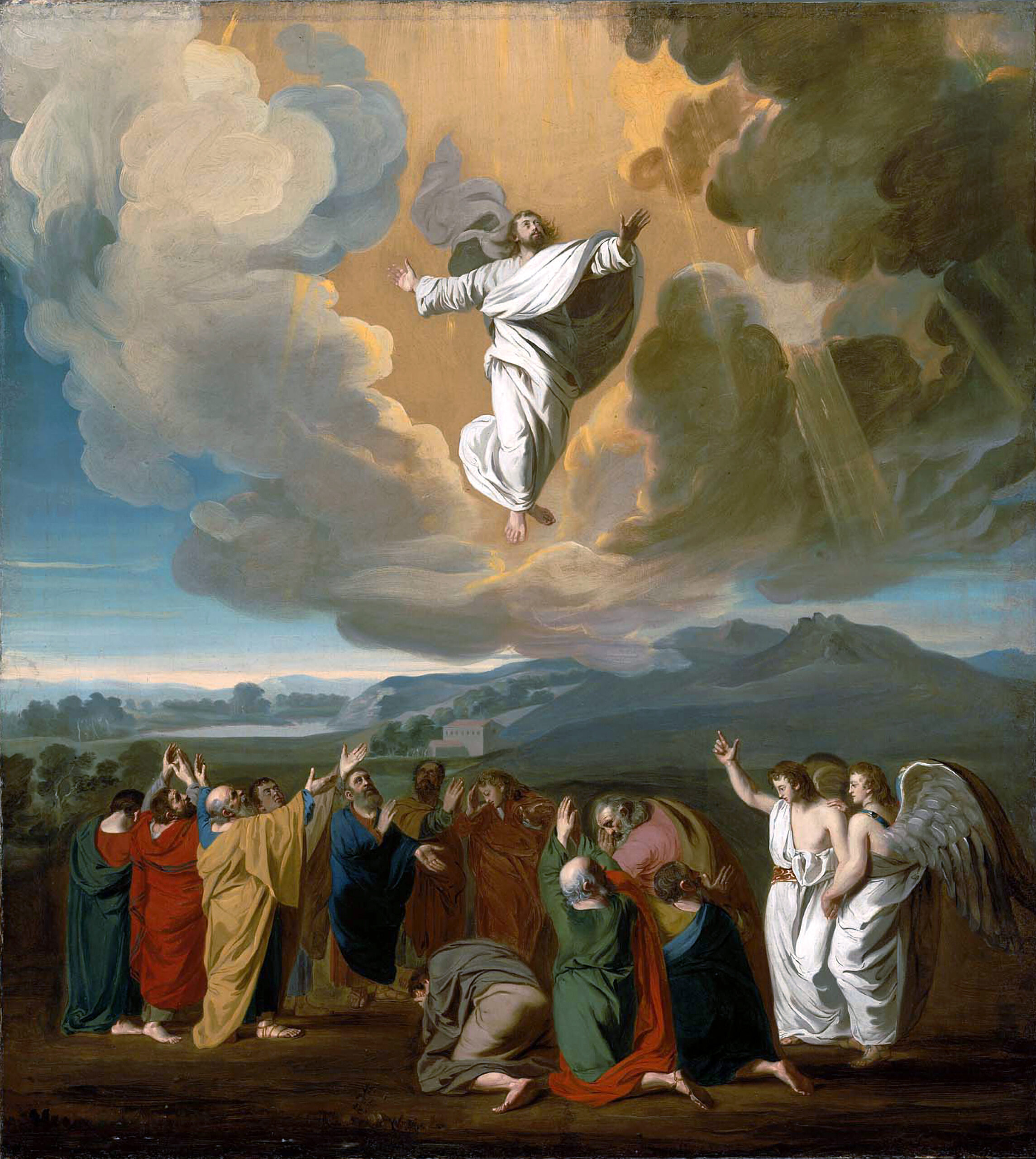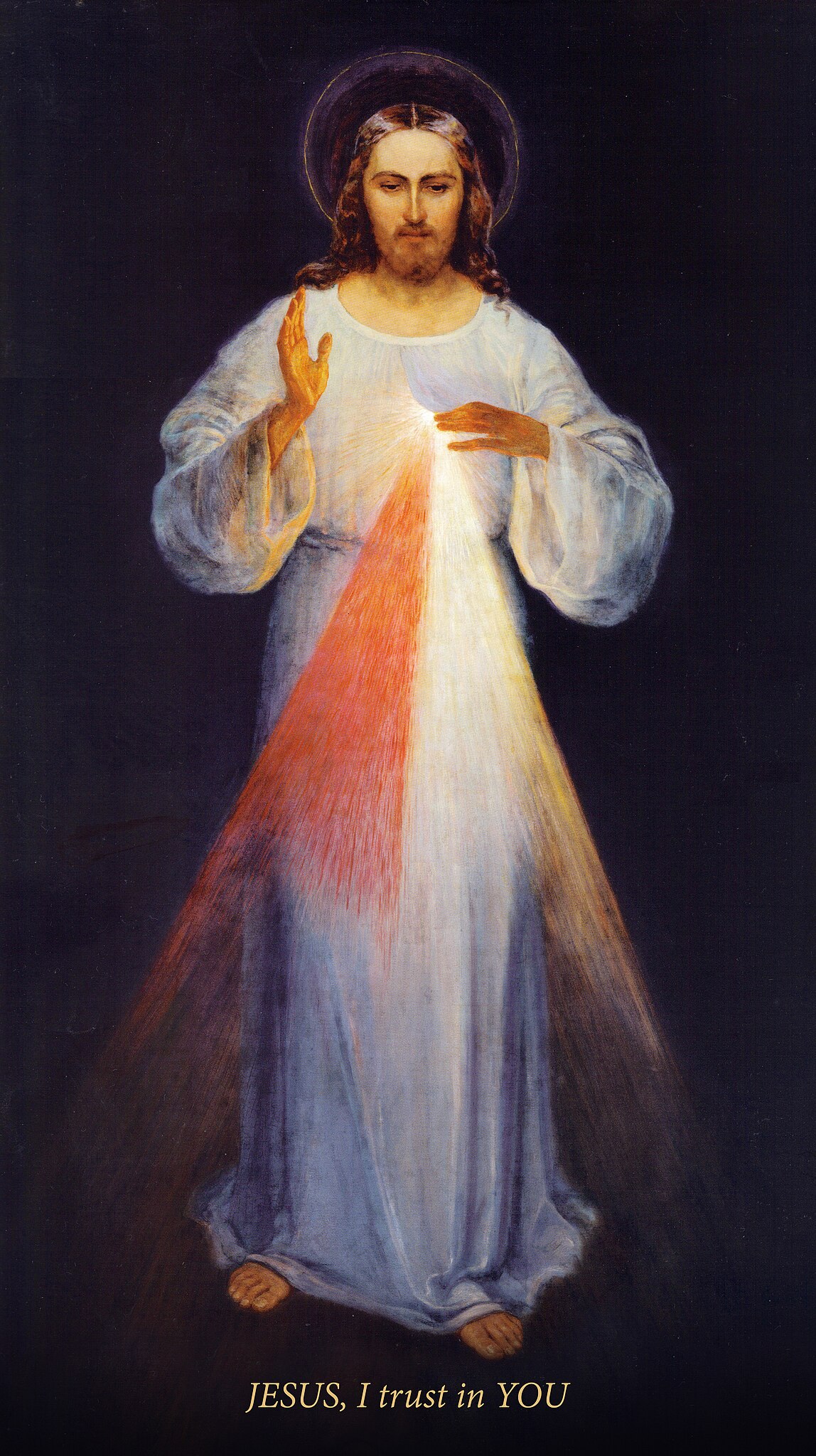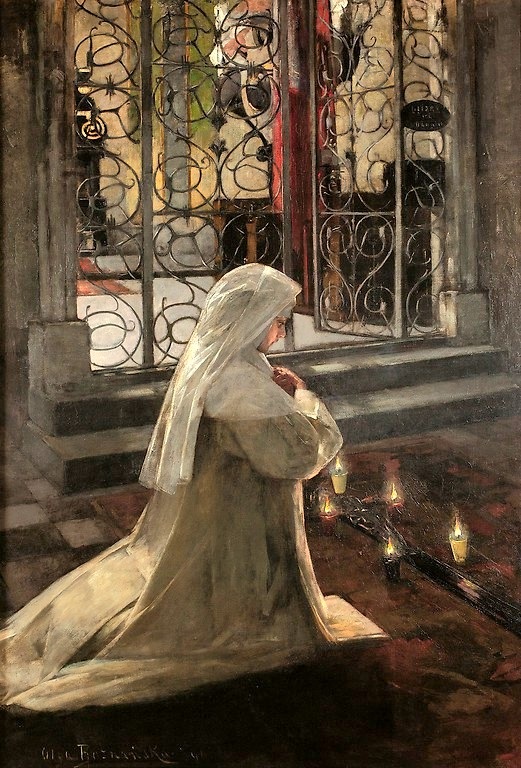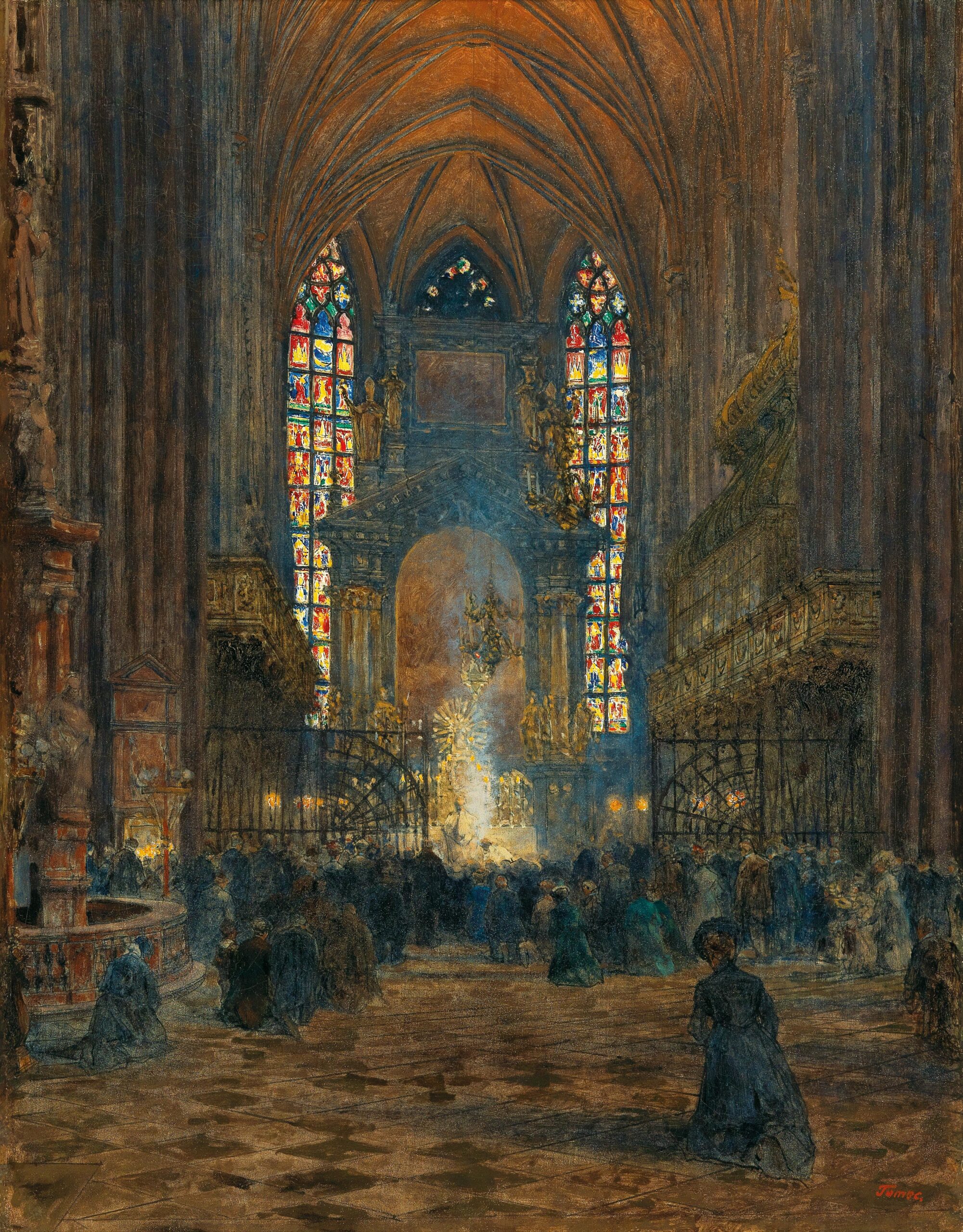“I am the way, and the truth, and the life.”’
-John 14:6
St. Catherine represents the three great stages of the soul’s ascent to sanctity as three steps of a bridge. In her vision of the redeemed world, Christ, the Pontiff of the New Alliance, is the bridge uniting earth to Heaven, and the steps signify both the Passion consummated in His adorable body, and the acts of the soul which summons up all its faculties to follow in the footsteps of the Redeemer.
“The feet are the first step, and they signify the affection, for the affection carries the soul as the feet carry the body. These pierced feet are steps by which you can reach His side, where the secrets of His heart are manifested to you, because the soul, rising on the steps of her affection, begin to taste the love of His heart, gazing with the eye of the intellect into the open heart of My Son, and find there a consummate and ineffable love…Then the soul is filled with love, seeing herself so much loved. Having climbed the second step, the soul reaches the third, which is the mouth, where she finds peace…”
“On the first step, lifting her feet from the affections of earth, the soul stripped herself of vice; on the second step she clothed herself with love and virtue; and on the third step, she tasted peace” (Dialogue, ch. XXVI).
Having reached the third step, the soul tastes God, one and triune, and is drawn to a more intimate participation in the life of the Blessed Trinity.
If the Father is the “bed” in which the soul reposes with the certainty that nothing can separate her from Him, he is also the “table” which offers food, the food of the strong: the Word and His doctrine, the Eucharistic Christ and the crucified Christ thirsting to give honor to the Father through the salvation of souls; while the Holy Spirit placed Himself, as it were, at the service of the soul “to minister to her His gifts and His graces.”
The excellence of the mixed life, that is, a life of action springing from contemplation, is expressed here with the picturesque clarity of an allegory. And since the ideal Dominican spirituality is attained in the mixed life, it is not strange that the life of St. Martin presents an itinerary of sanctity in accordance with the outline of St. Catherine.
His eyes and the affections of his childish and adolescent heart were drawn to the feet of the crucified Christ, and swiftly the thought of the Passion, contemplated during his nocturnal vigils and in the Eucharistic mystery, gave him the desire to mount higher.
Martin’s ascent to the second step can be identified with the gift of himself perfected through his religious profession. On the second step the gaze of the soul seeks to penetrate the secrets of the heart of God, and in its desire to plumb more and more profoundly the depths of that abyss of charity, the soul is purified and fortified through the exercise of all the virtues.
It is impossible to determine the moment at which Martin reached the third step. There is no clear line of separation between the second and third steps. The soul that perseveres in contemplating the love of the Word finds itself, almost without realizing it, in the peace of union with Him. It is probable that Martin reached the summit very early, and pitched his tent and remained there for many years of his life.
This is the impression we receive when, as we search for some indication of his having reached the “third step,” we see that those who lived with him did not consider the manifestations proper to this highest grade to be transitory or extraordinary in Martin’s life, but something habitual.
The first sign of union is peace. Martin’s contemporaries attested that he was immersed in peace, he radiated peace, a peace undisturbed by either insults or praise. He deflected insults heaped upon him in the beginning by accepting them gladly, convinced that he received only his just due. And when people began to honor him and call him a saint, he was not impressed and repeated with the Master: “Why dost thou call me good? No one is good, but only God” (Matt. 19:17).
His peace was based on his trust in the goodness of God, on his certitude of the benevolence of that will to which he had surrendered his own will and his whole being – “I know in whom I have believed” – and the certainty that the love of his own heart would always be met by a corresponding love. It was the peace of a repose in the arms of the Father.
Martin did not give himself airs, he never posed. But the joy with which such trust and certainty filled his heart was apparent to all. Those who knew him were certain that he “was completely in God, and God in him” (Responsio (CXV), p. 32).
His prayer was completely pervaded by this peace. Tender colloquies filled the hours that he passed at the foot of the tabernacle and before the Queen of the Holy Rosary, “the most sweet contemplation of God and His Most Holy Mother;” colloquies carried on with simplicity of heart, in complete understanding; unhurried colloquies, never shadowed by a fear of interruption, for he knew they could continue at all times, in the midst of all occupations, in the secret of his heart.
“No matter what he was doing, he found in whatever he did the highest subjects of celestial and divine contemplation, which enabled him to rise above himself. All the time he had, outside of that spent in the infirmary, was given totally to this duty and occupation, alone with God, enjoying the special privilege of not being seen by men…keeping all this thoughts on God” (Responsio (CXV), p. 41.
This article is taken from a chapter in St. Martin de Porres by Giuliana Cavallini which is published by TAN Books.
